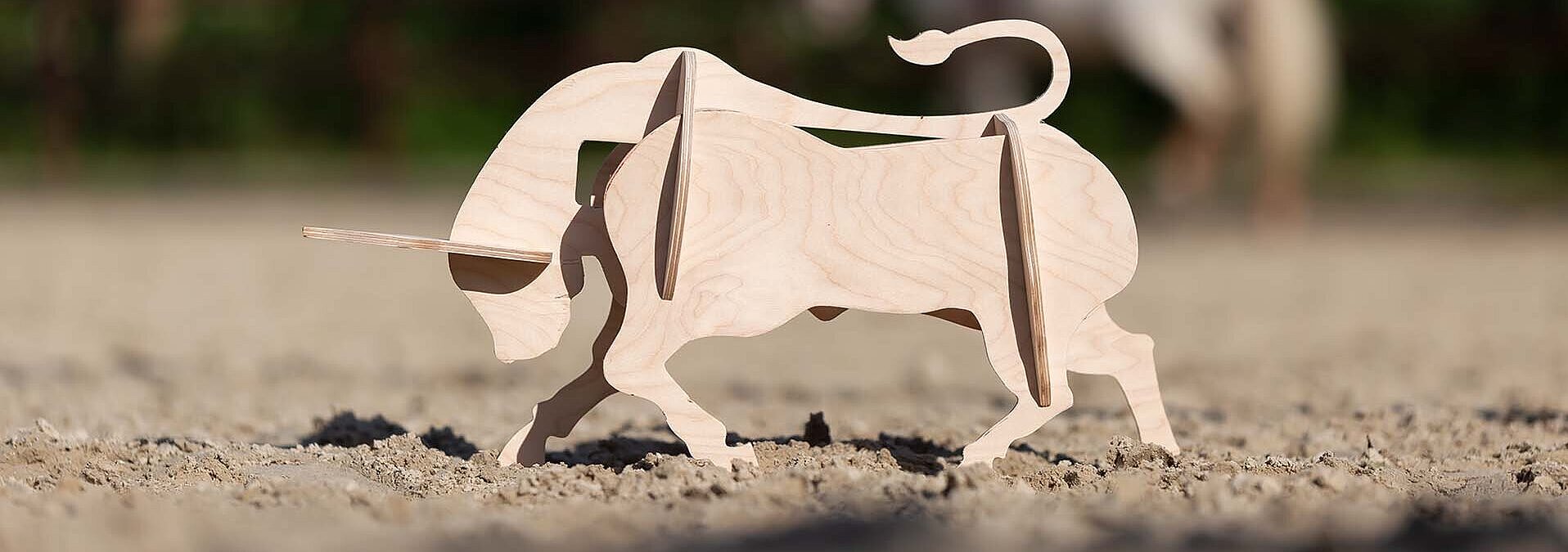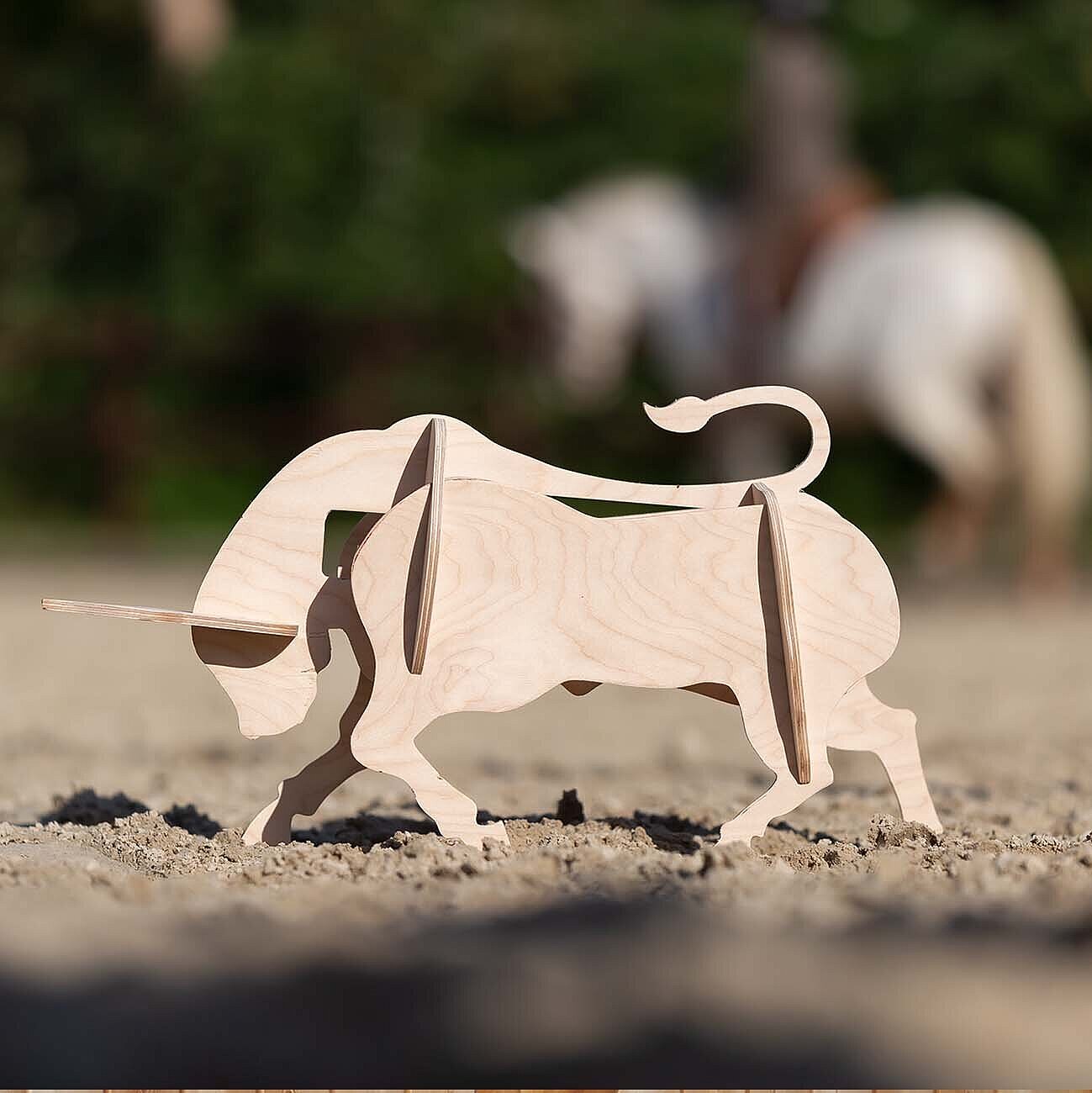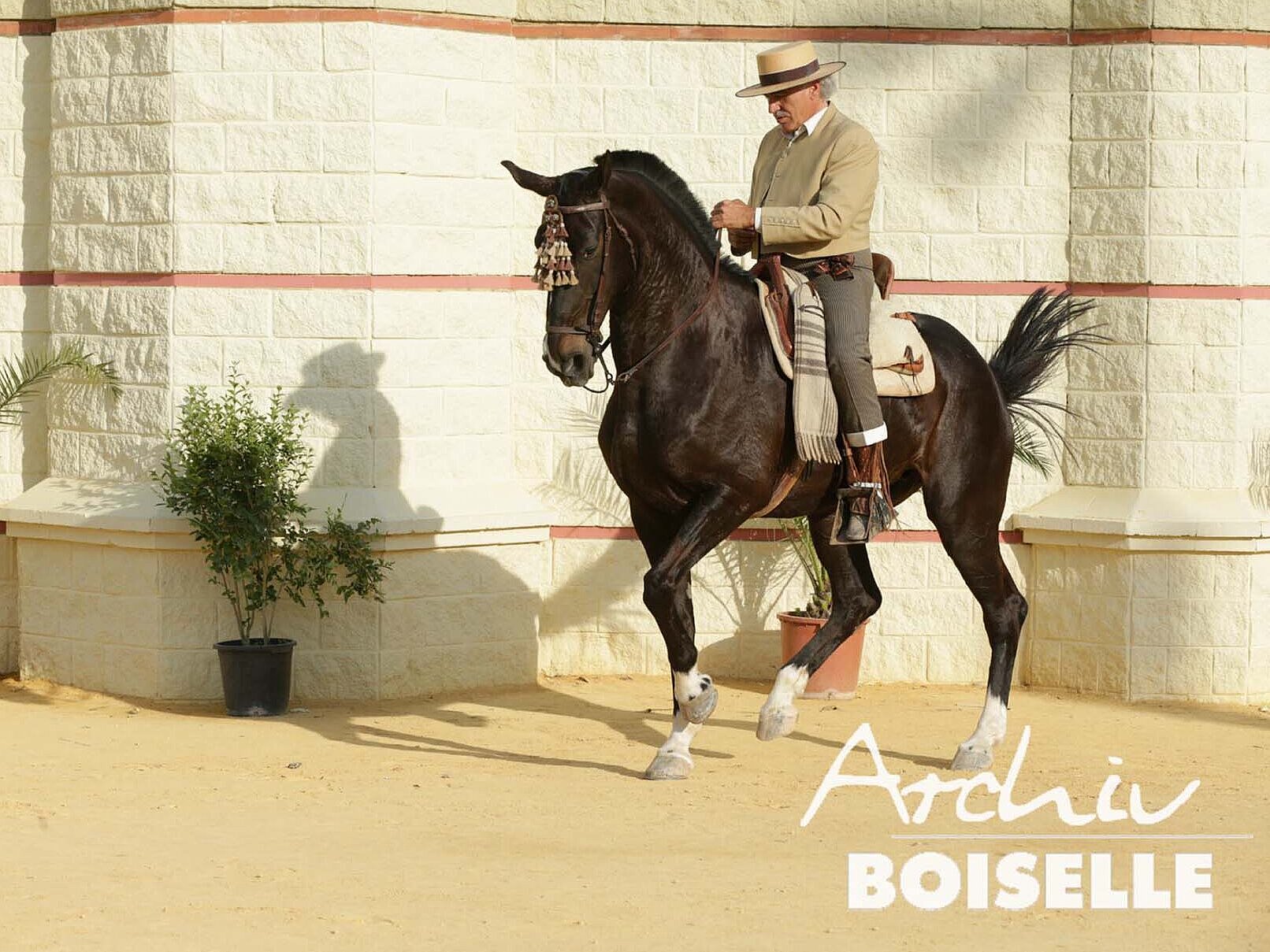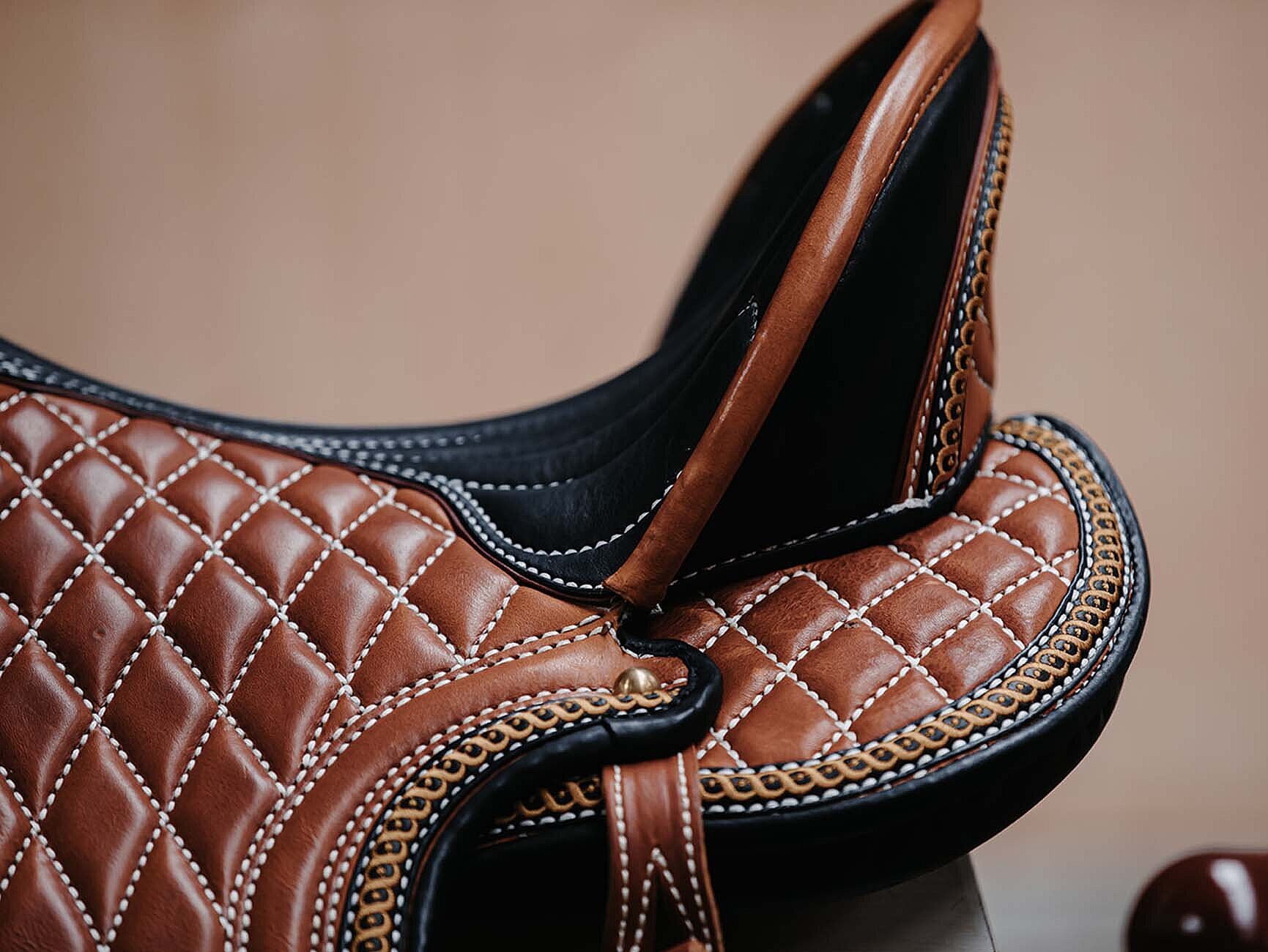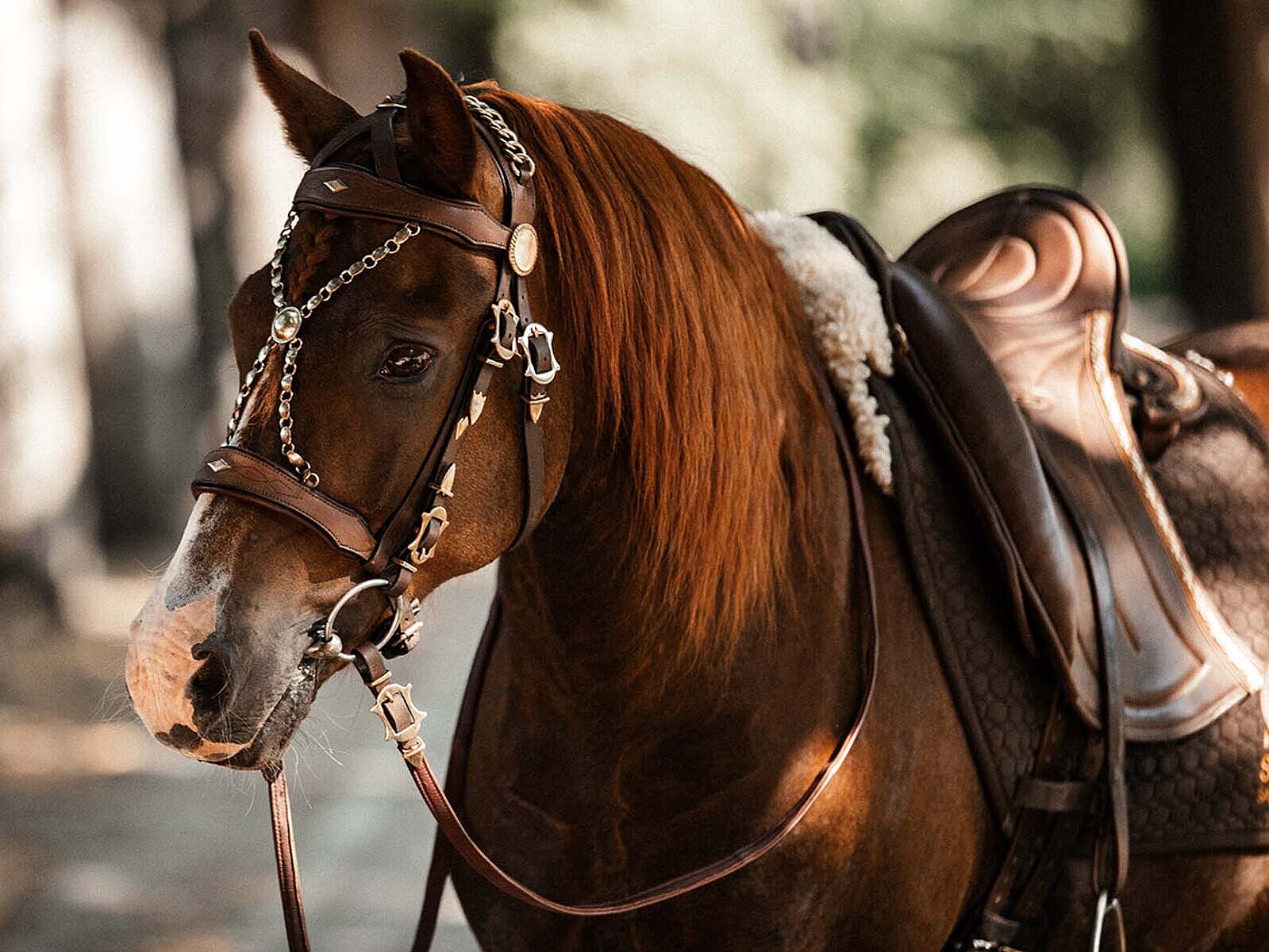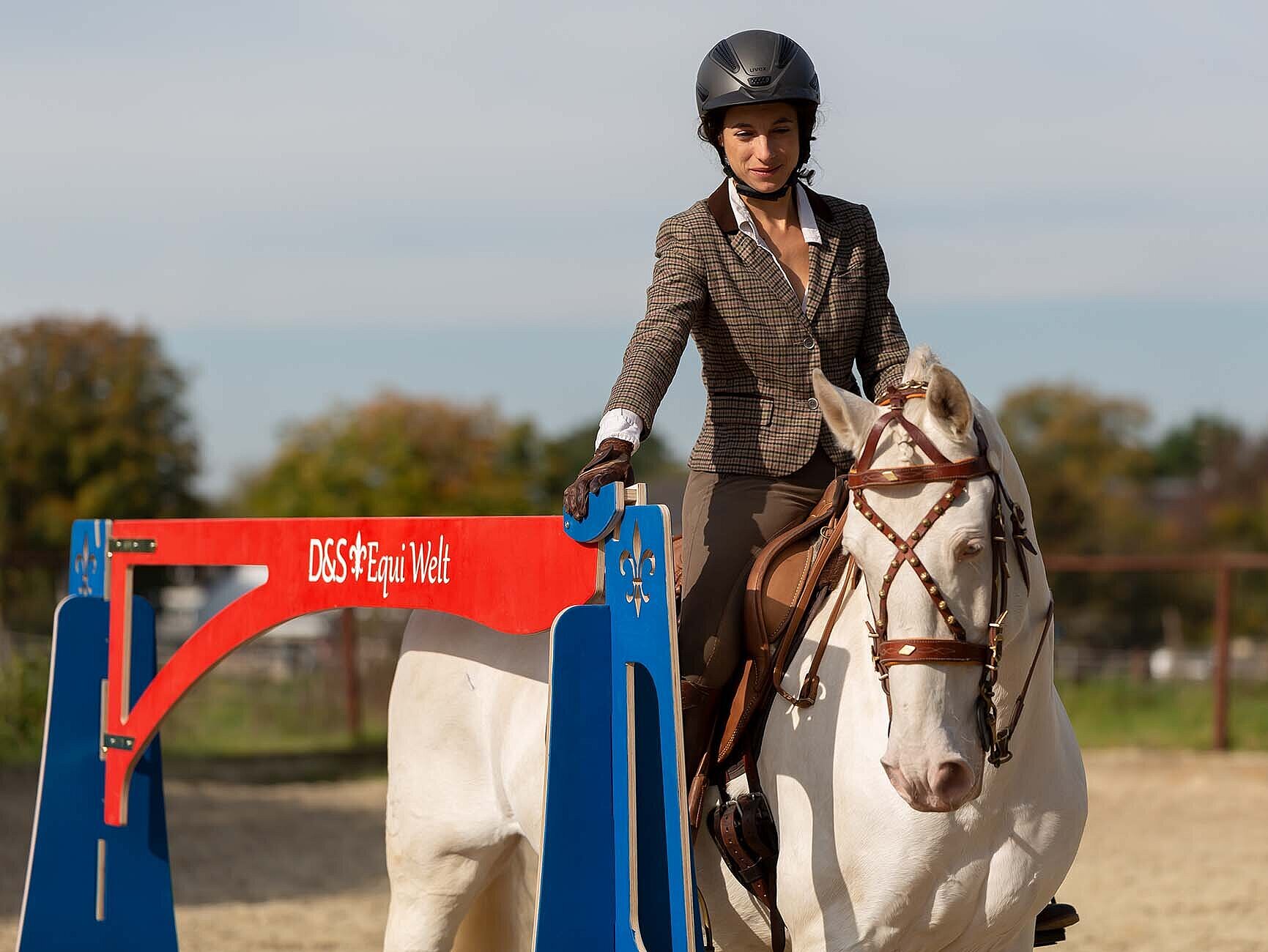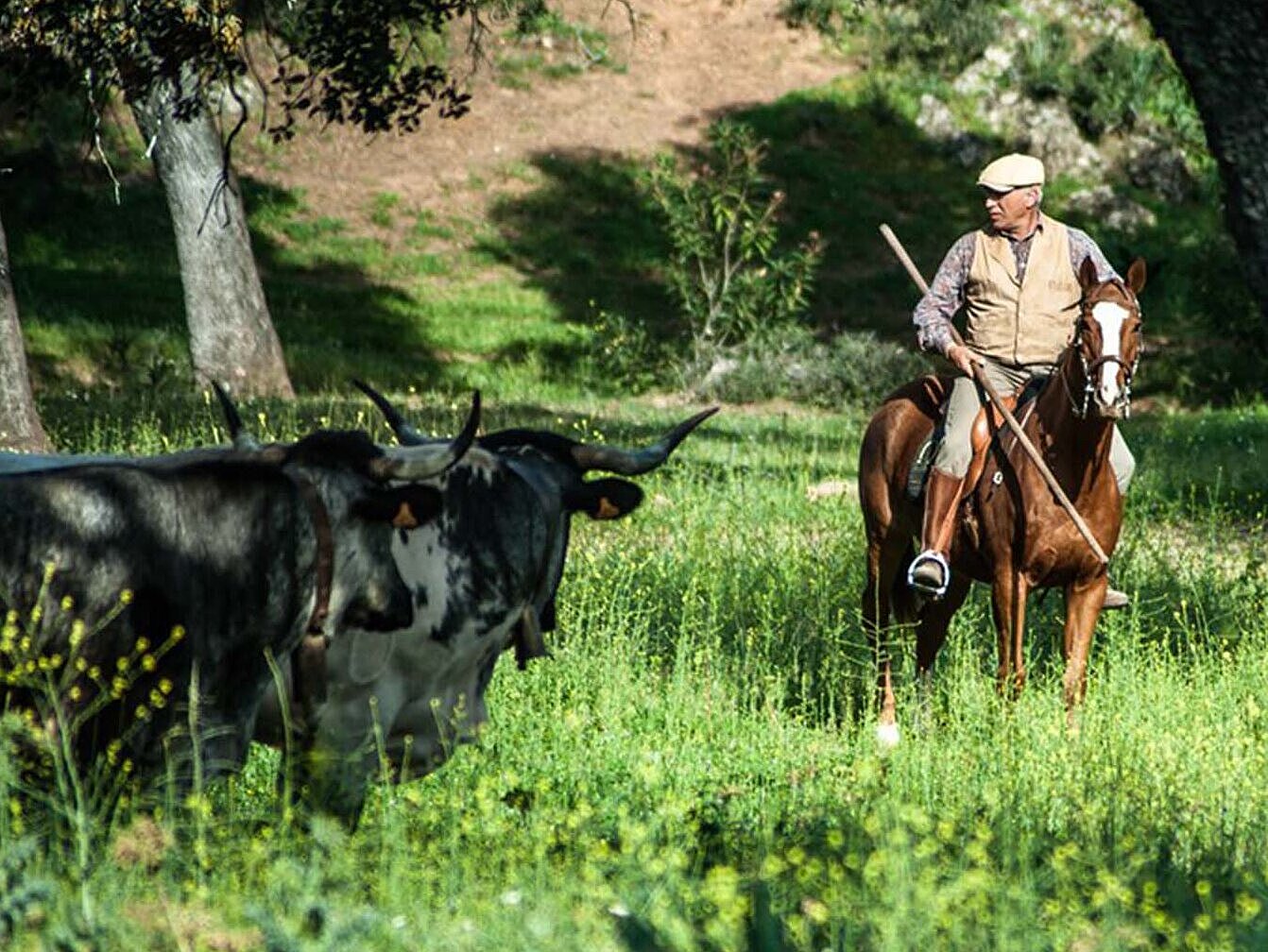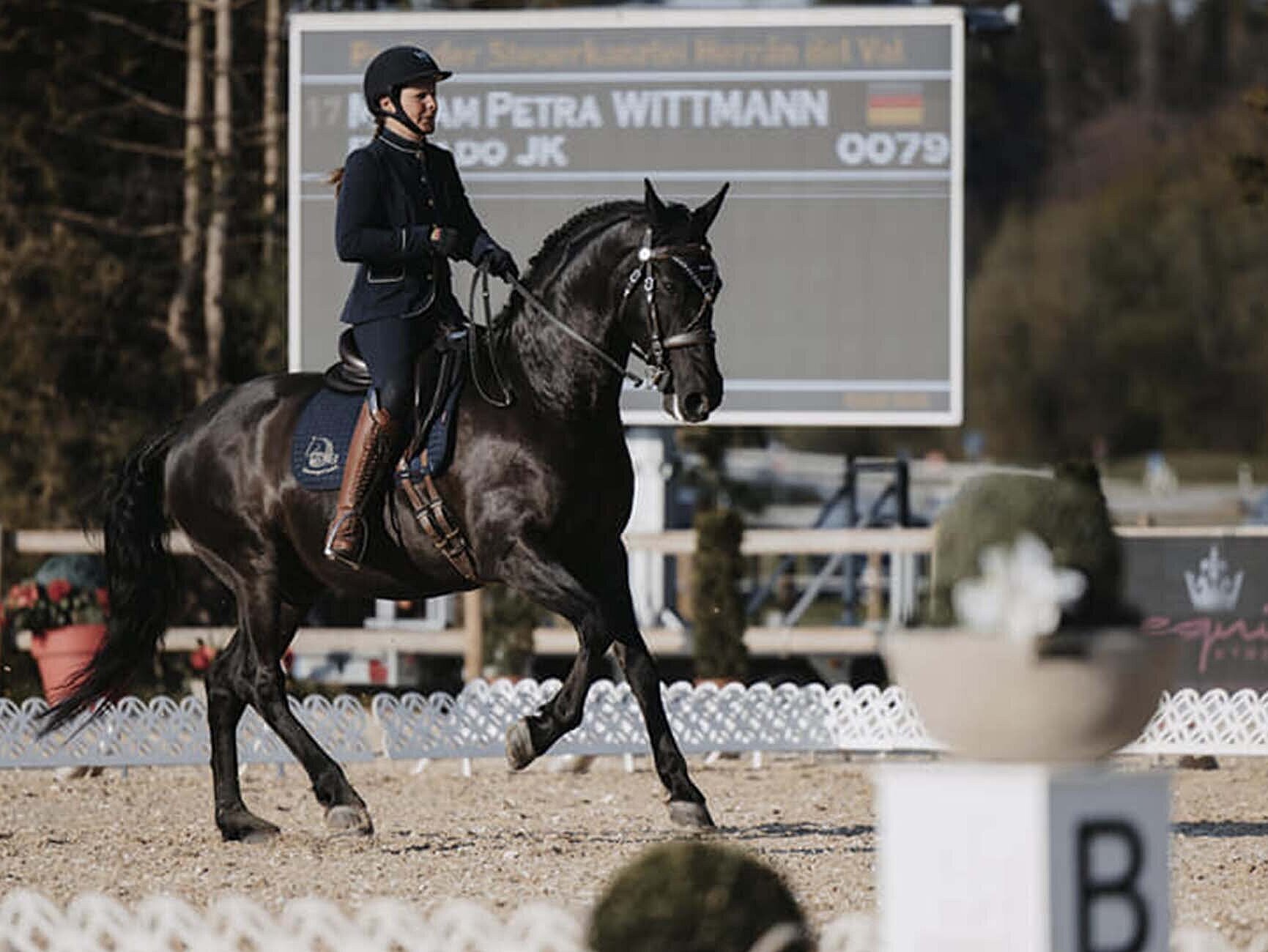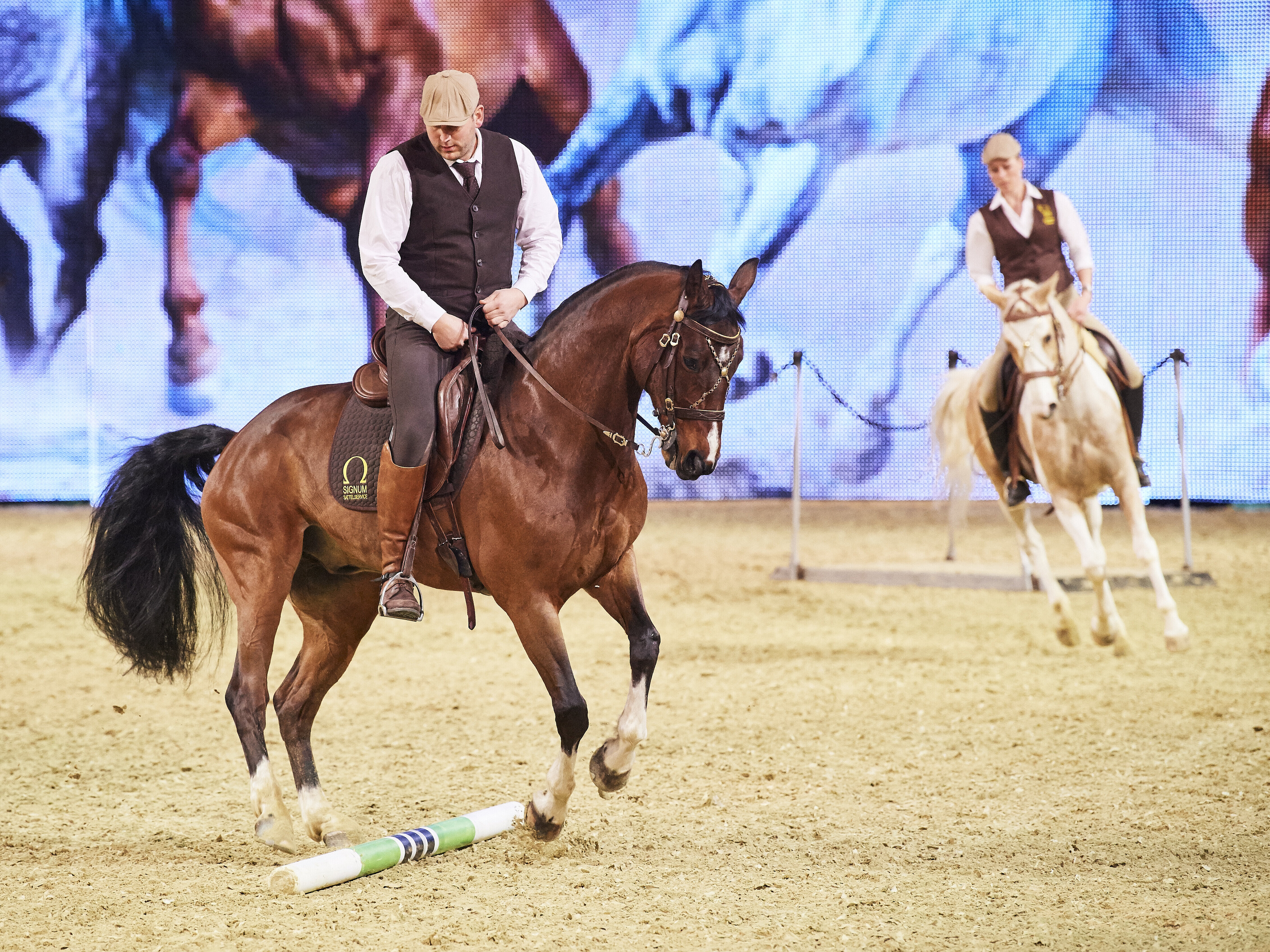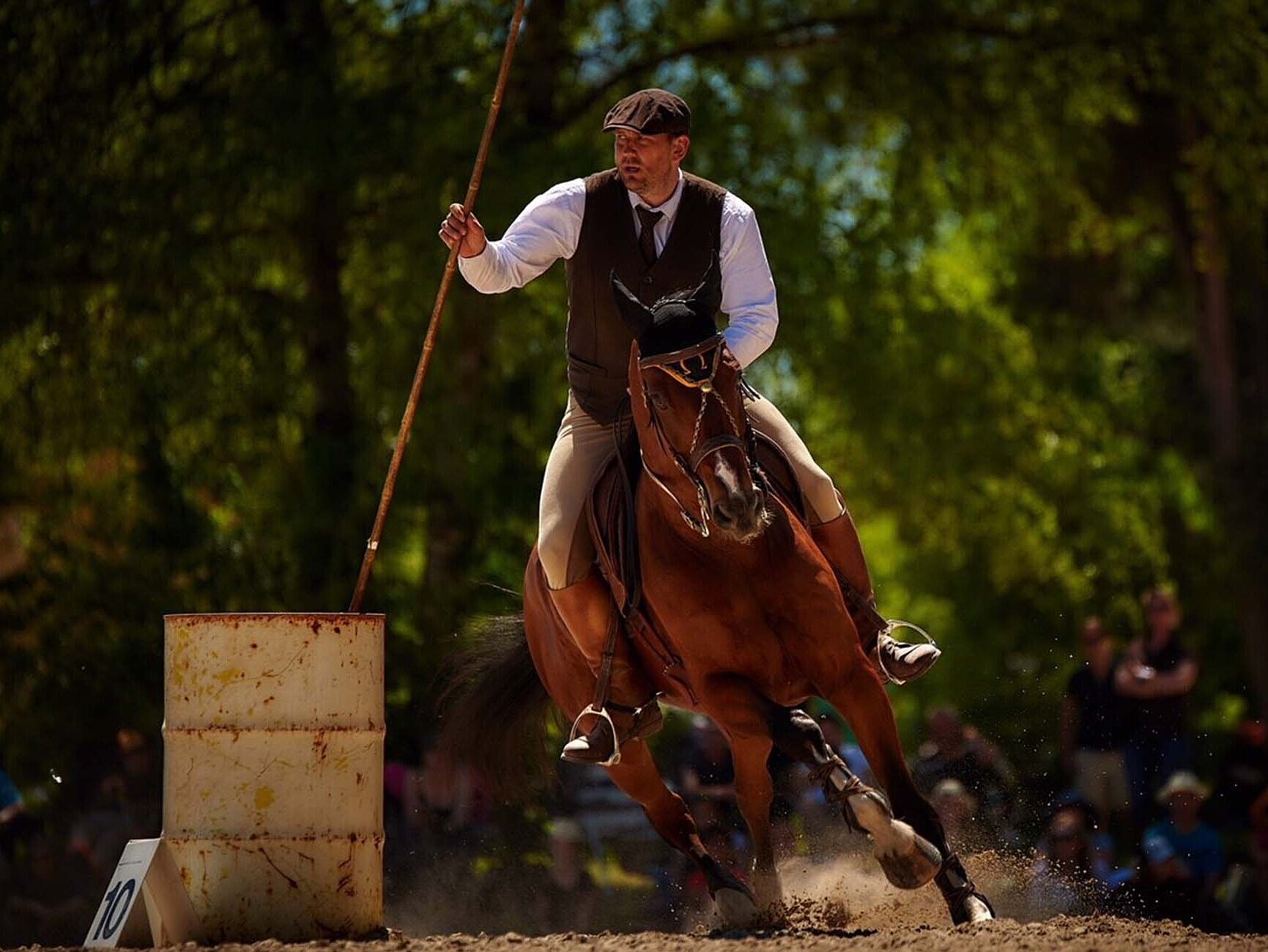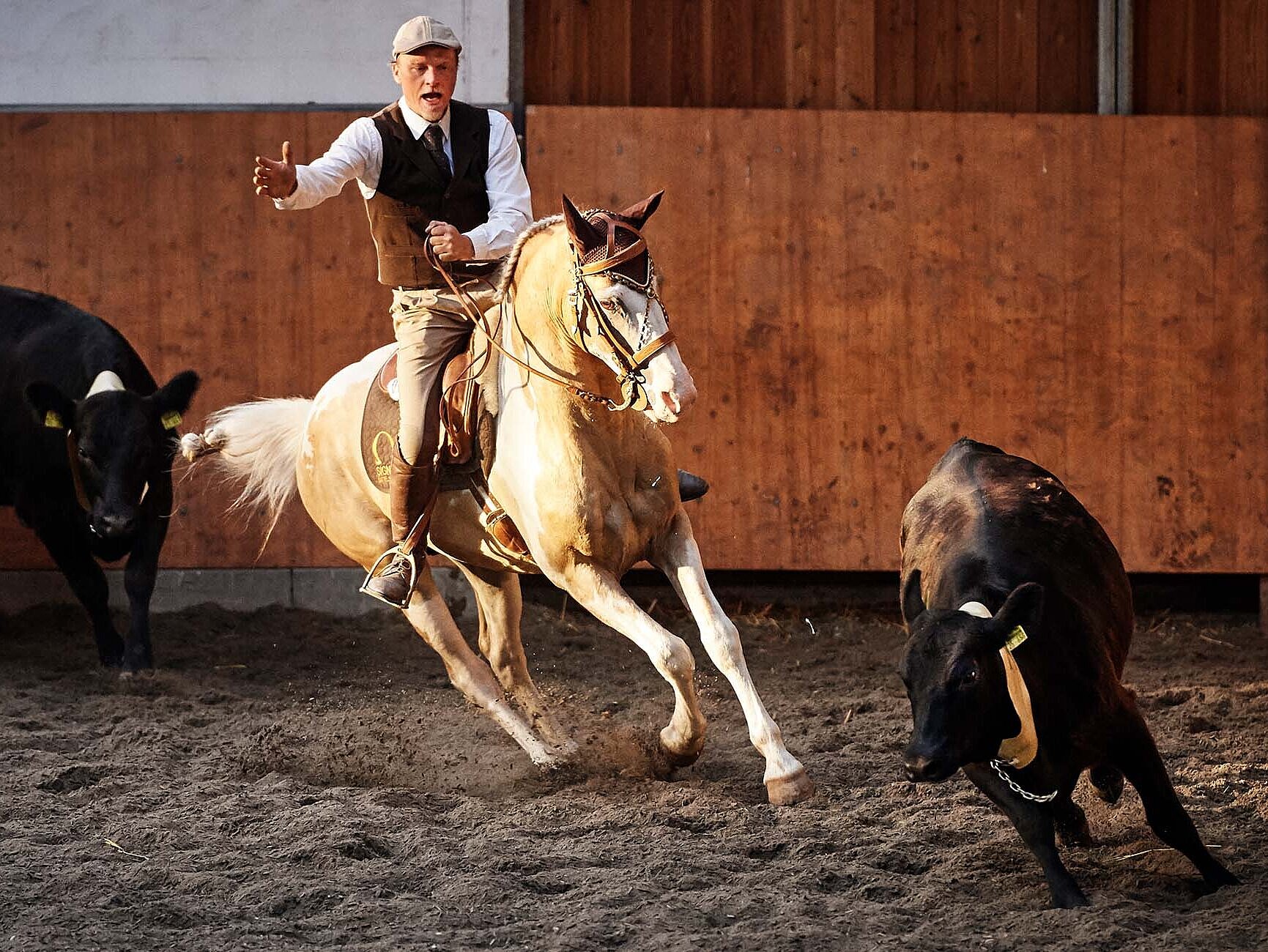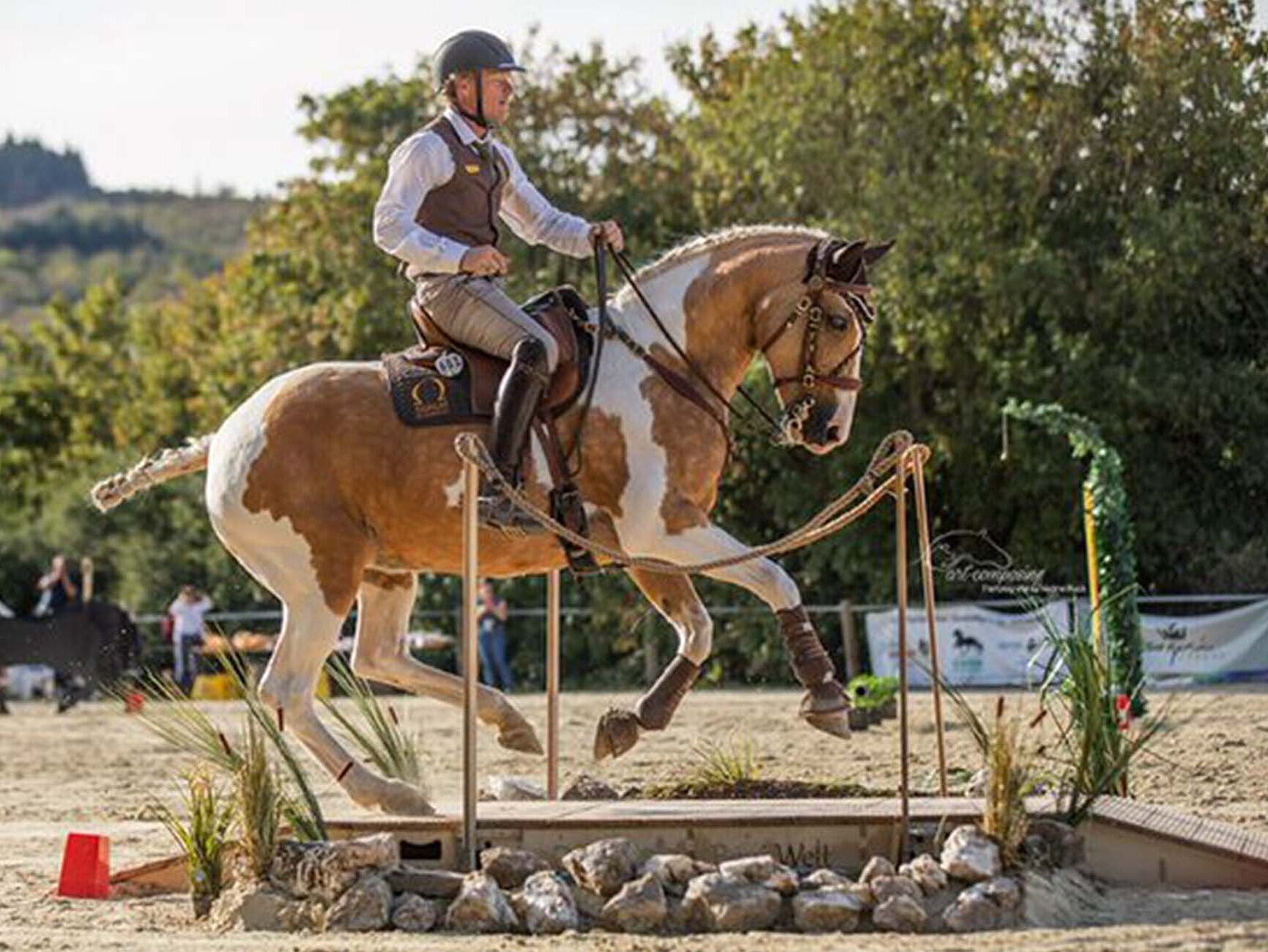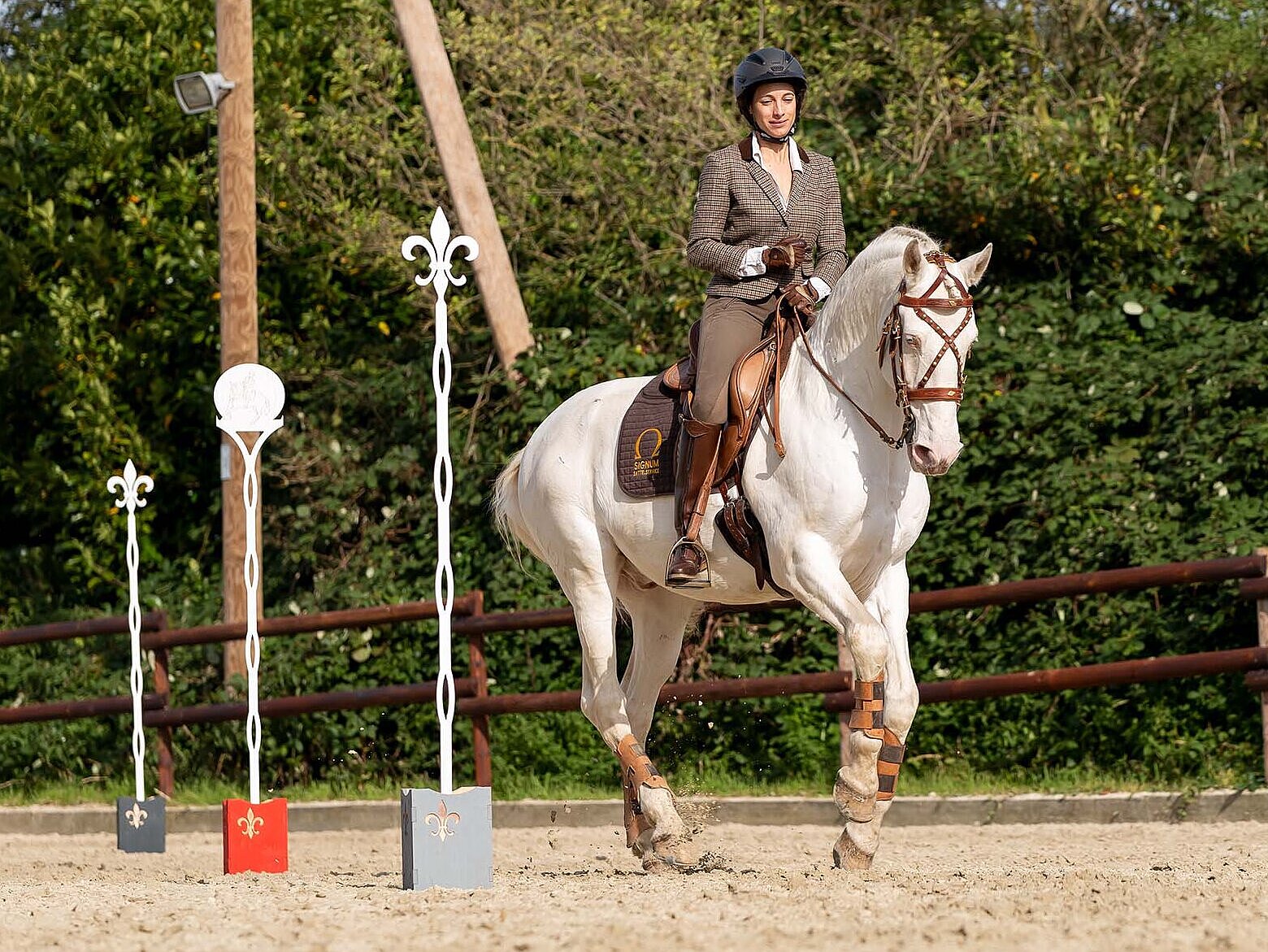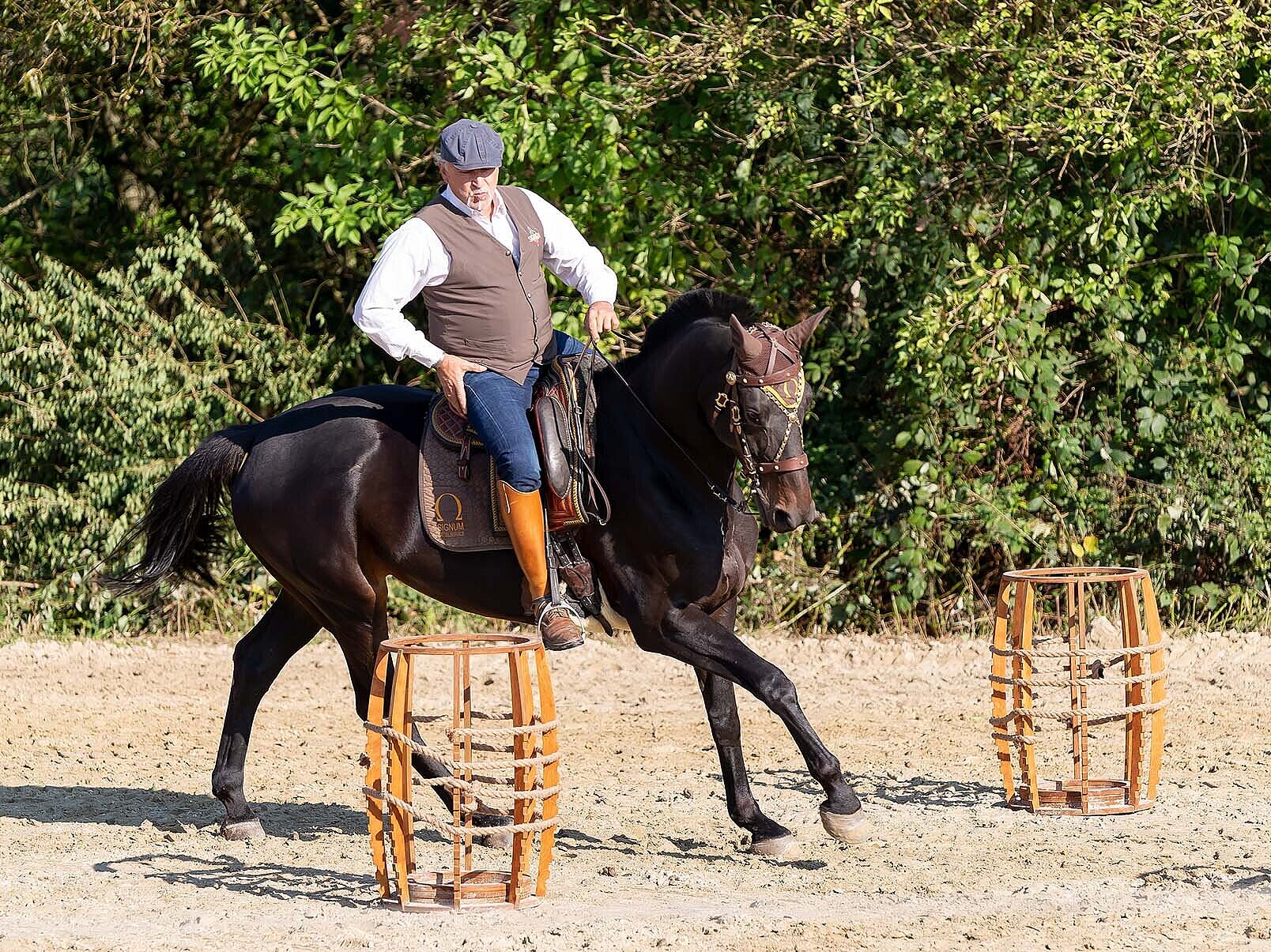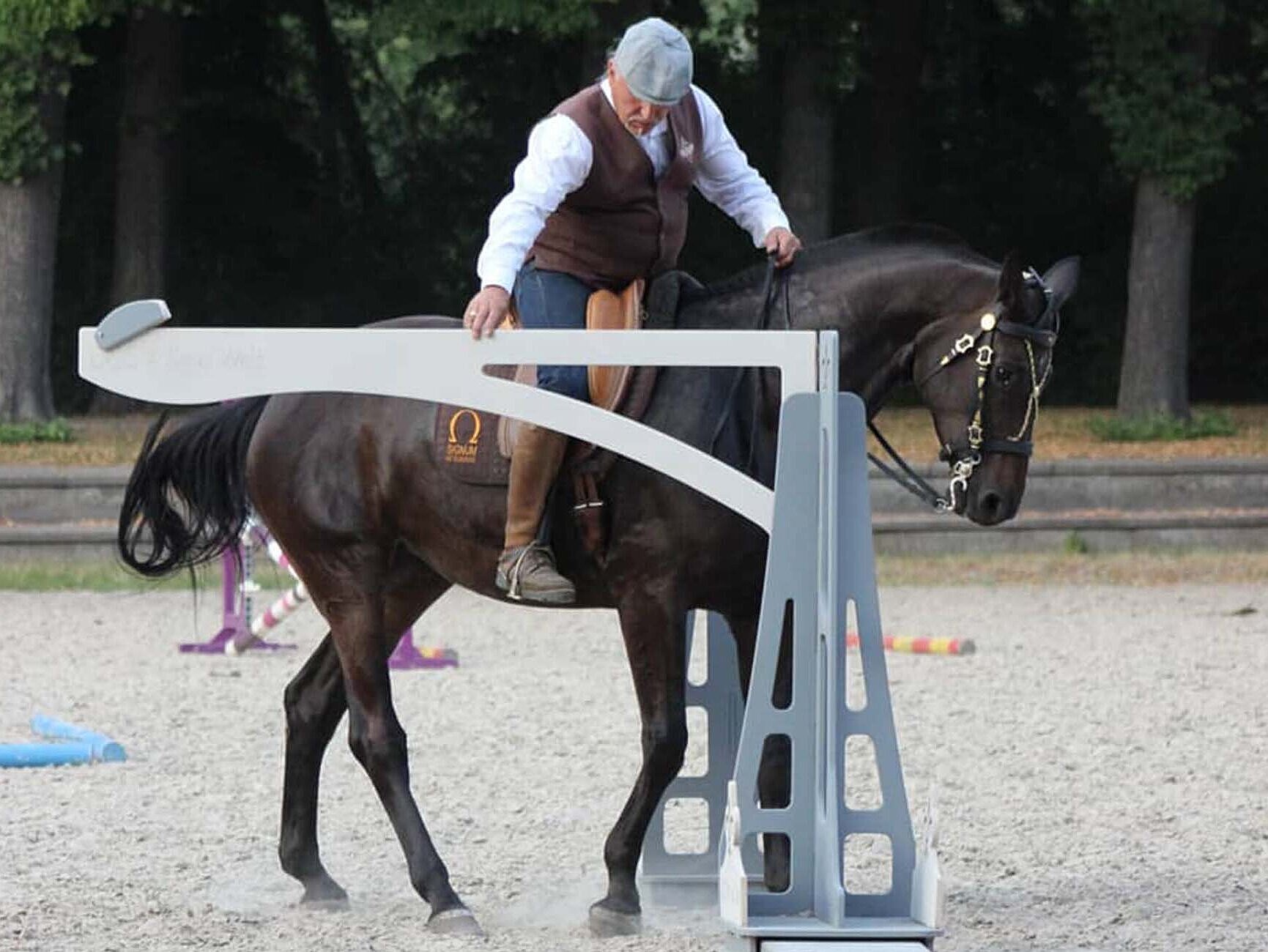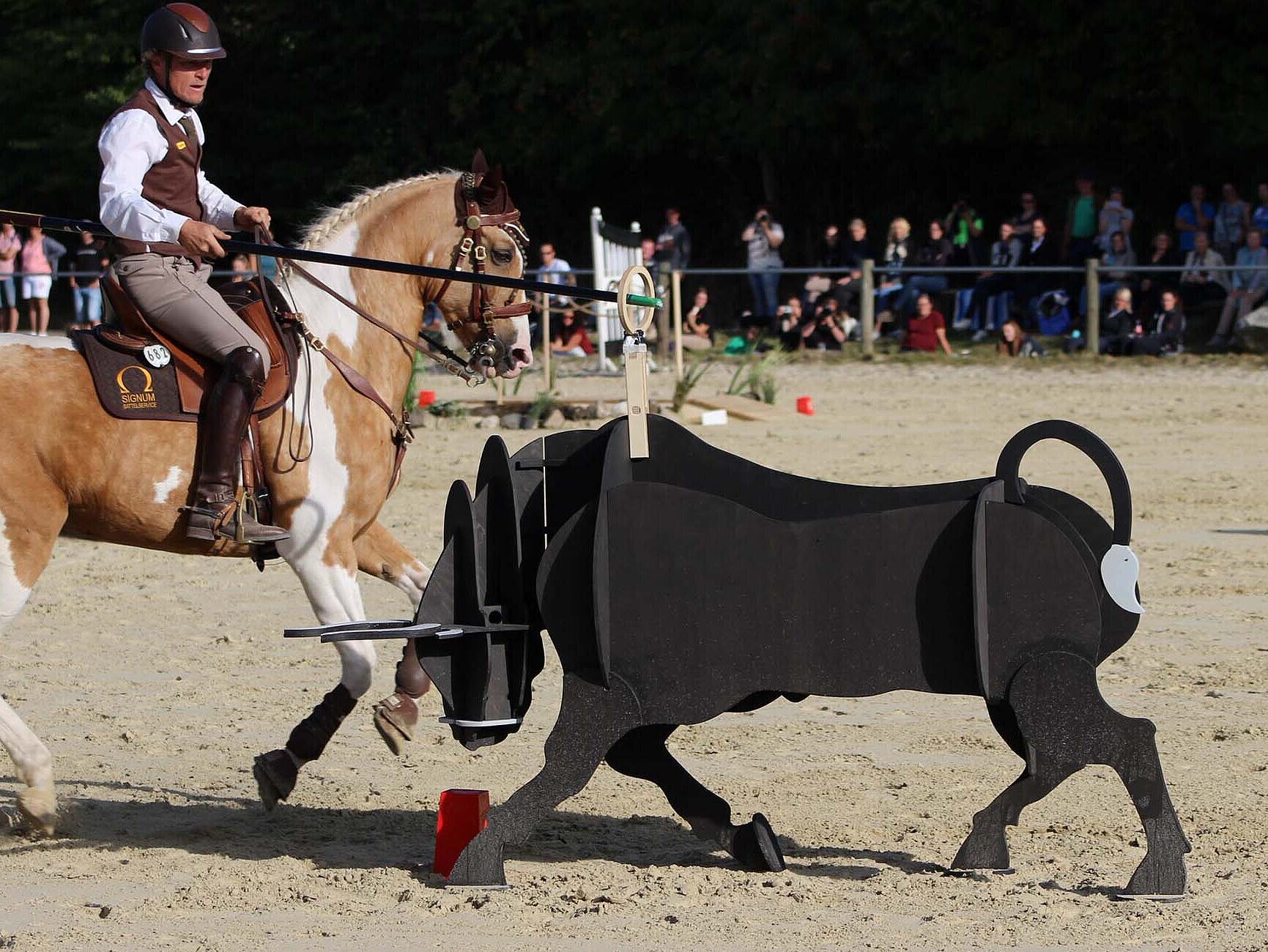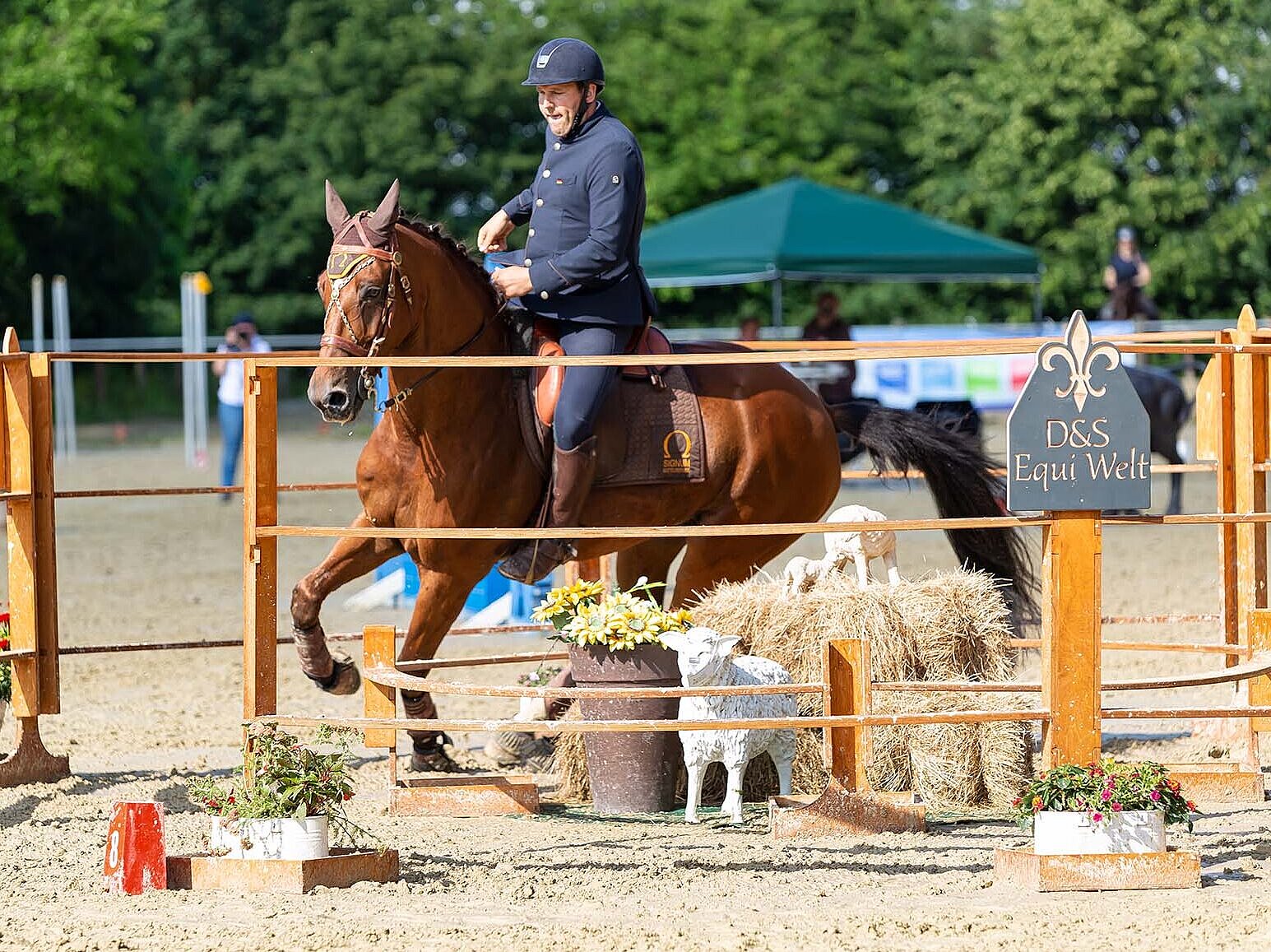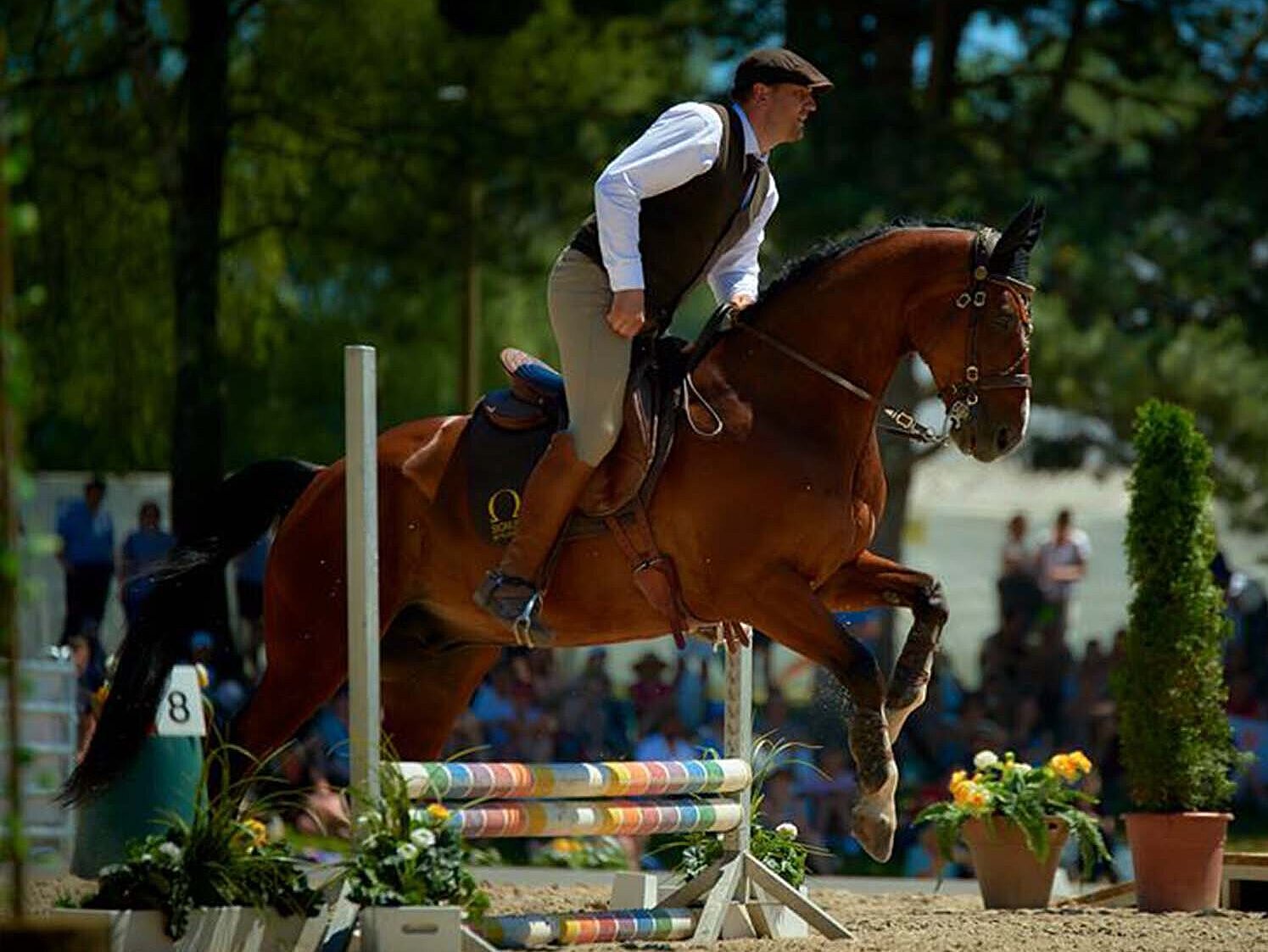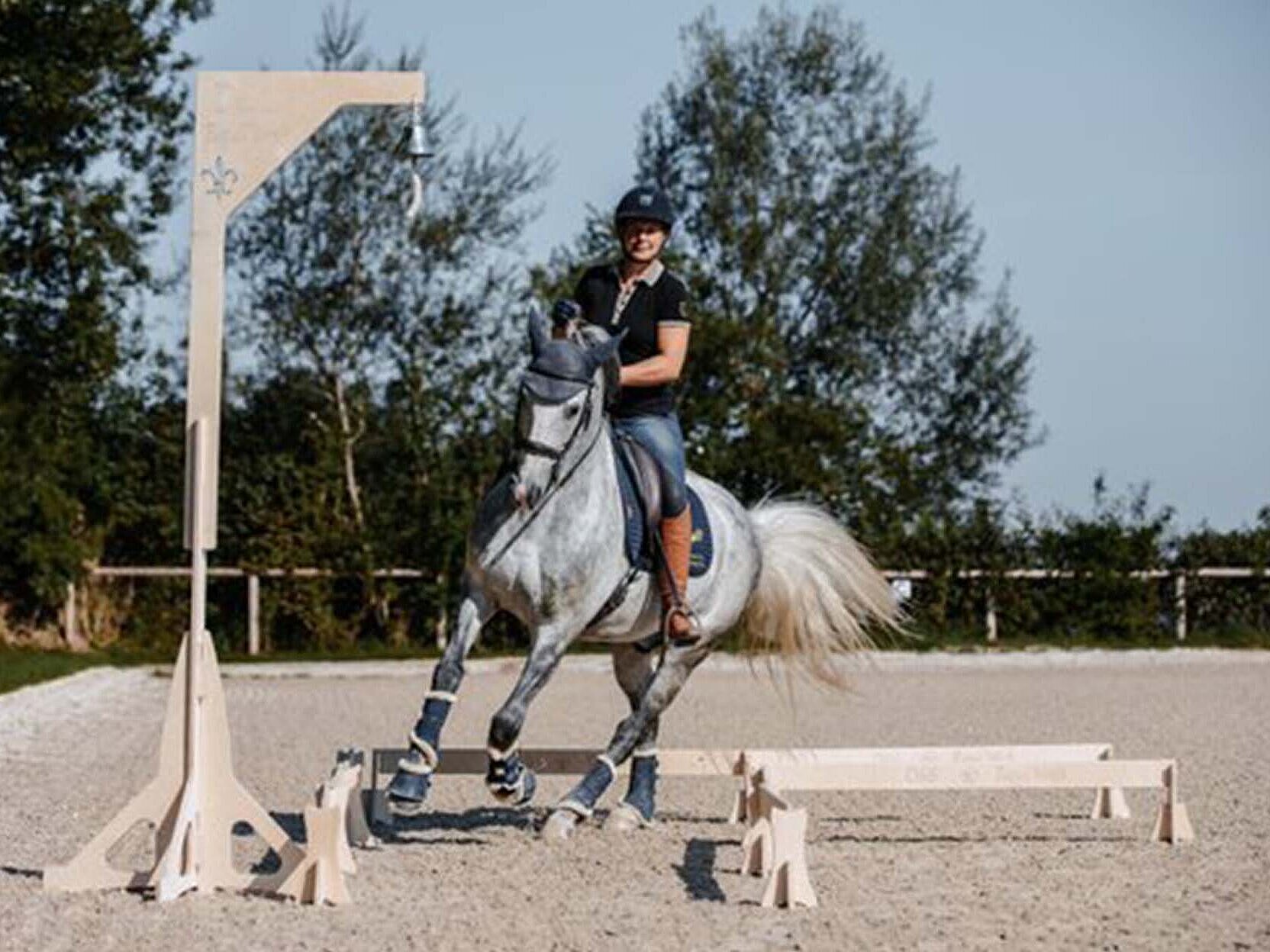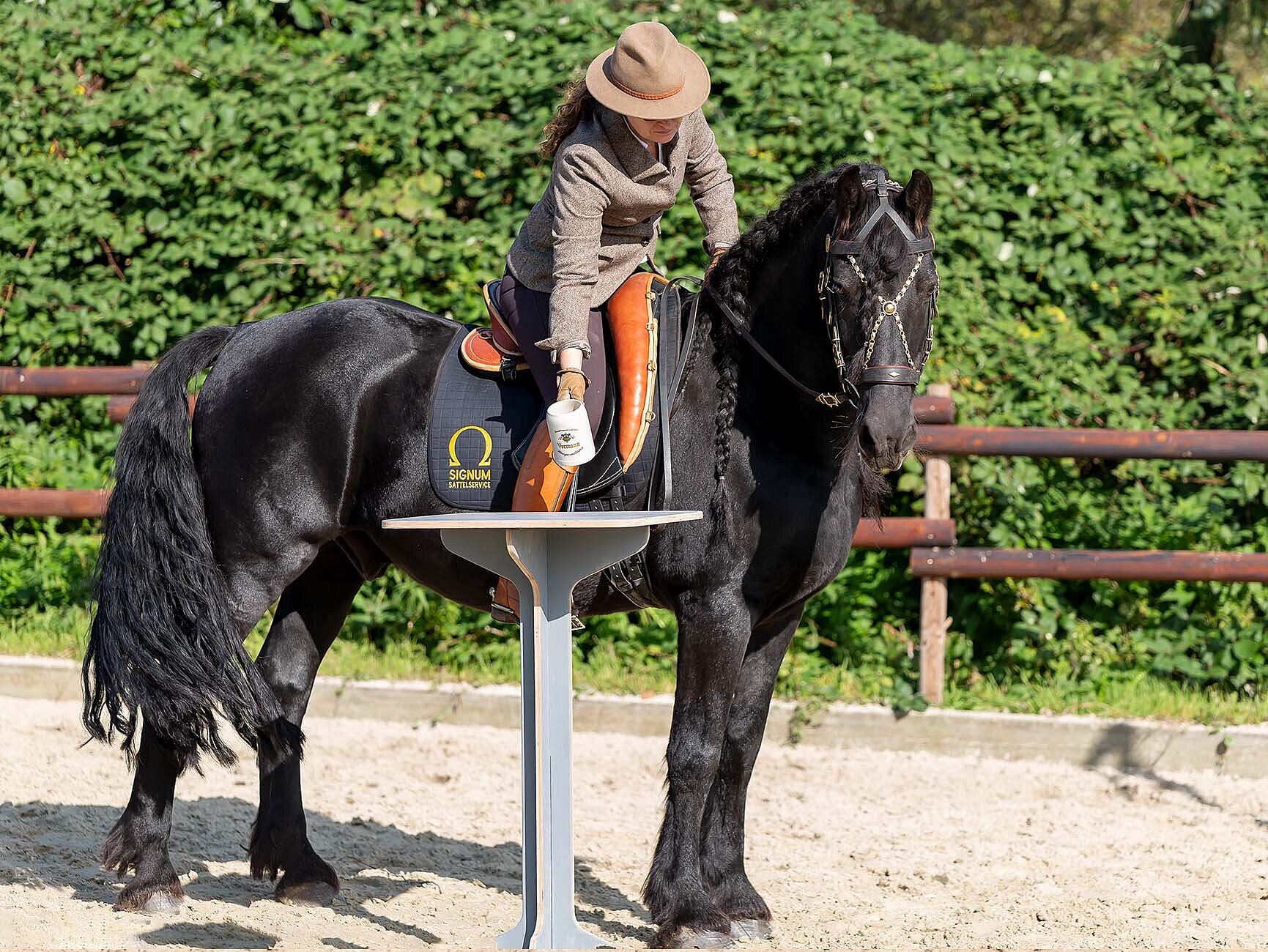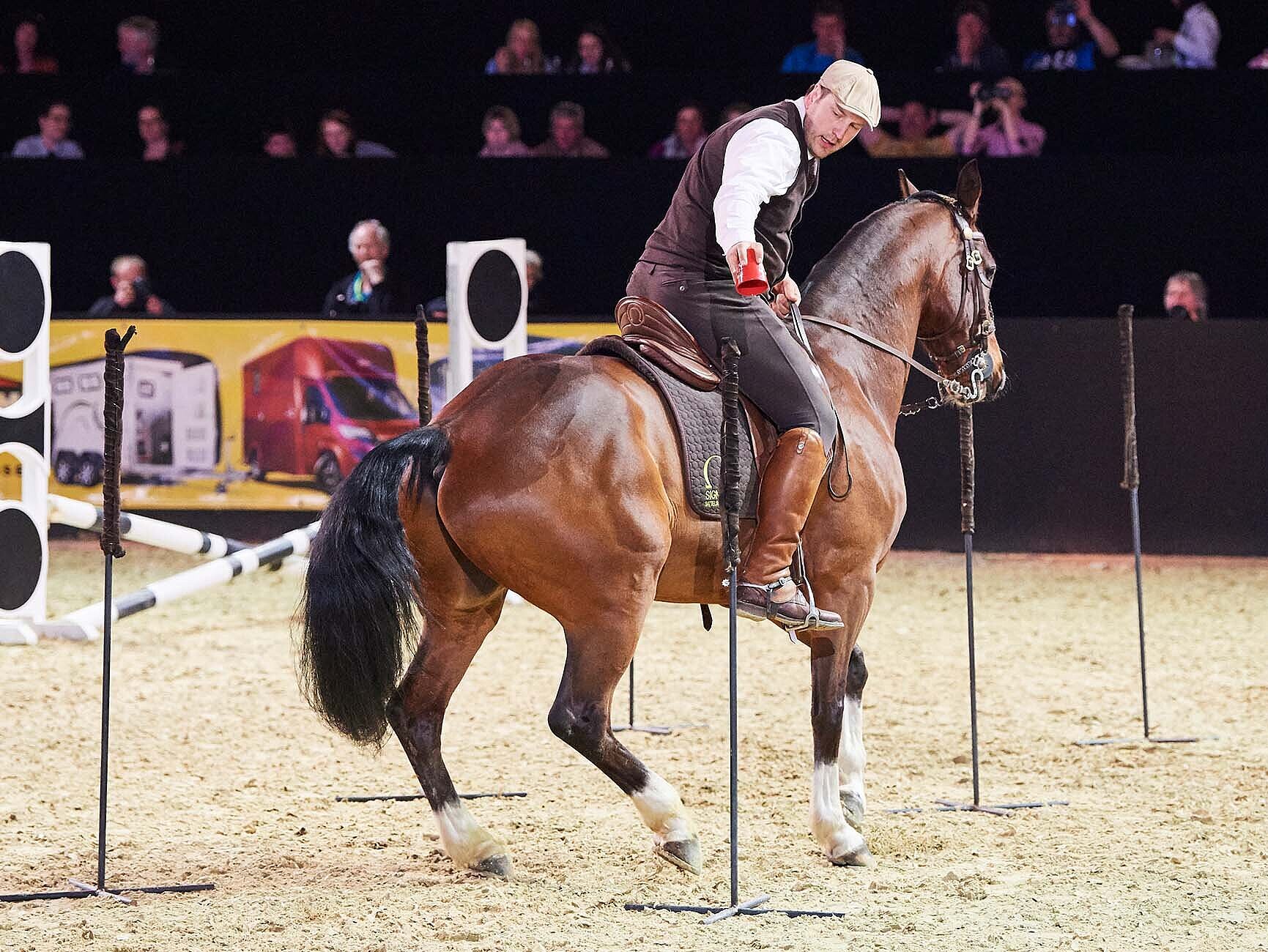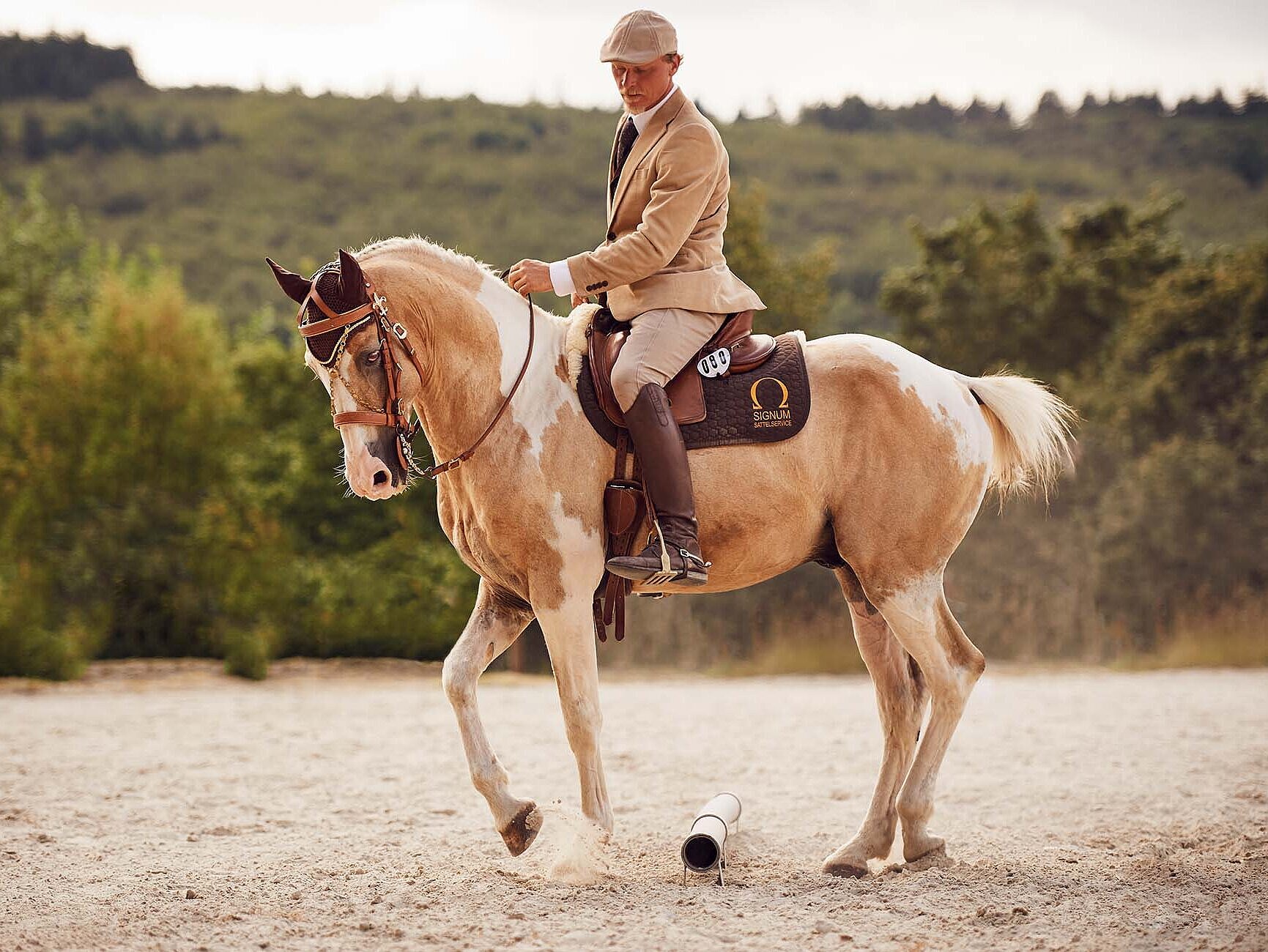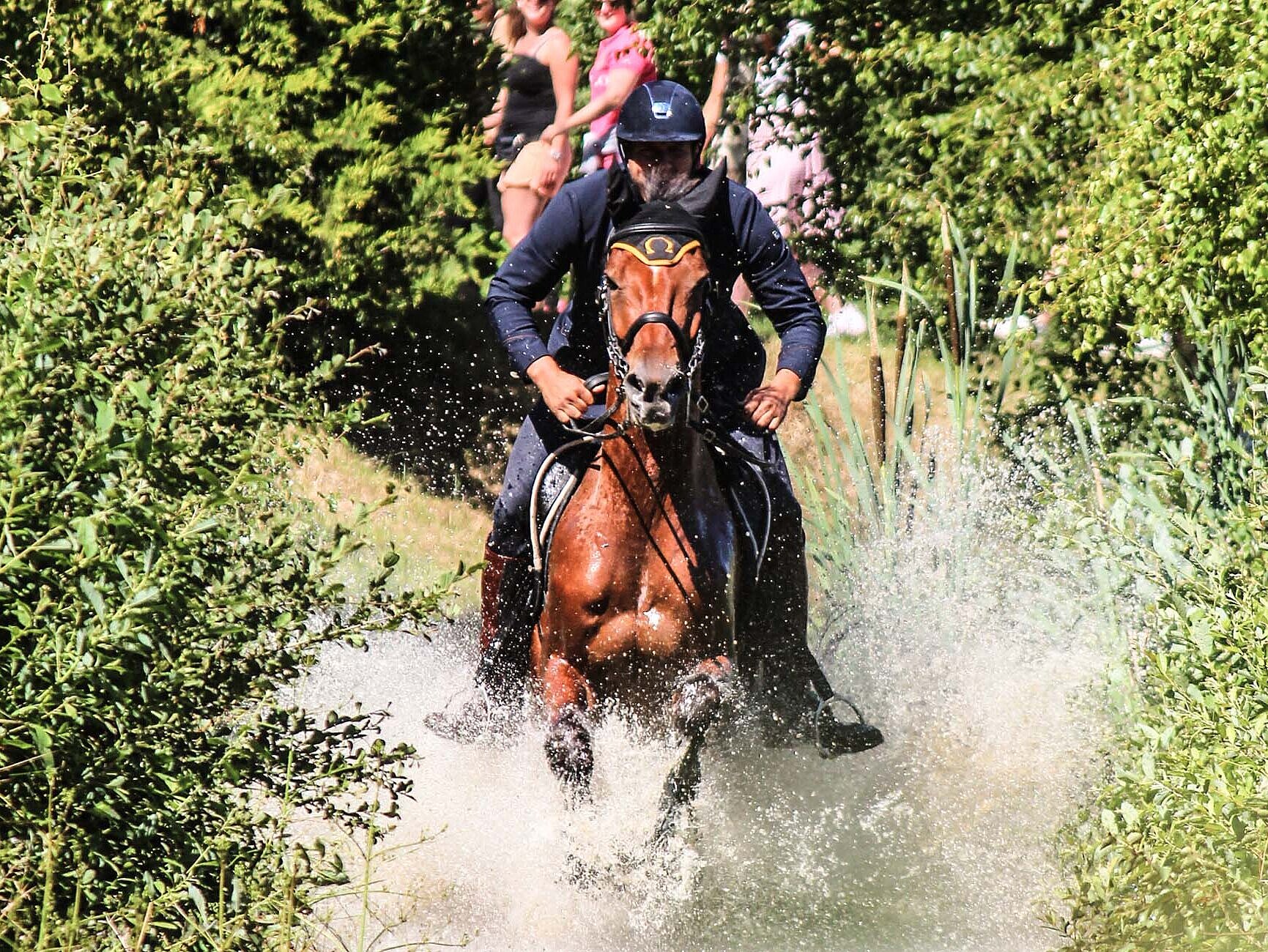The fascination of Working Equitation
What has been known for many years in southern European countries as "Equitacao de Trabalho", "Doma de Trabajo" and "Monta de Lavoro" has also been gaining more and more fans in Germany in recent years. This young equestrian discipline is now on everyone's lips under the name "Working Equitation", which was previously used more in Great Britain. But what is working equitation anyway?
SIGNUM & the Working Equitation
We would like to give you an insight into what has connected the founder of Working Equitation and SIGNUM with the equestrian discipline in Germany for many years.
What do you need for Working Equitation?
But working is more than just a competition discipline - it is the love of training a courageous partner with whom any obstacle can be overcome with seemingly effortless elegance and precision.
The starting point is the horse and rider - regardless of breed or level of training. By training according to the classic points of the training scale, the rider gets a well-ridden, willing and collected, but also manoeuvrable horse. Training and testing takes place in 4 disciplines.
The free educational series "Fascination of Working Equitation"
Our team at SIGNUM Sattelservice and D&S EQUIWELT has created a free video series on this topic for you. The individual obstacles are shown in theory and practice in various videos. Attention: So far the videos are only available in German!
